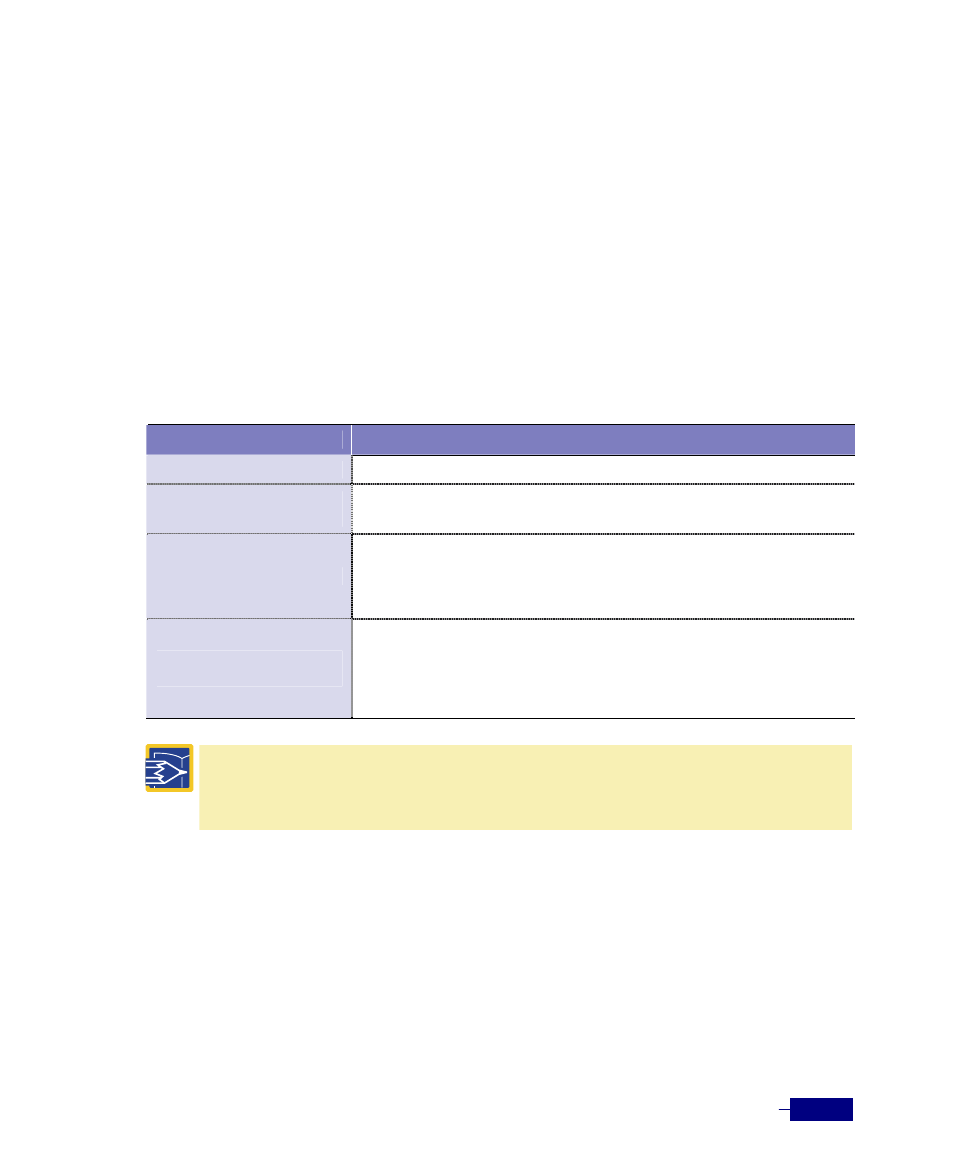ATL Telecom R1-SW Ethernet Switch User Manual
Page 197

Configuring QoS
9-29
Configuring Policy-Map Class Policing (Rate-Limiting)
In a policy map, you can configure the rate limiting feature which discards the packets that
exceed the bandwidth limits.
Rate limiting is the process by limiting the bandwidth consumed by a flow of traffic. After a
packet is classified, the rate limiting process can begin. The rate limiting involves creating a
policer that specifies the bandwidth limits for the traffic. Packets that exceed the limits are
dropped.
To configure the rate limiting feature in a policy map, perform this task in the Global
configuration mode:
Table 9-8 Configuring rate-limint of a traffic class in a policy map
Command
Task
qos
1.
Enter QoS configuration mode.
policy-map
<policy-map-name>
2. Enter policy-map configuration mode.
y
<policy-map-name>: The name of a policy-map.
class
<class-name>
3. Specify the class to which the policy map applies and enter policy-map-
class configuration mode.
y
<class-name>: The name of the class to which the policy map
applies.
rate-limit
rate
<target-rate>
4. Specifies the limited rate to be applied to traffic of the class in the
specific policy-map
y
<target-rate>
: Average rate to be applied to the traffic which
meets the condition of the class(0 ~ 1000000Kbps). The value must be
in increments of 64 kbps.
Note :
Policing can be applied to a specific port as well as a specific traffic class. Entering the rate-limit
commandin the QoS configuration mode sepcifies the target bandwdith to be applied to both incoming
and outgoing traffic through a port. How to configure policing for a port will be described later in this
chapter.
This example specifies the target bandwidth of the traffic class
class5
to apply the rate limiting in
the policy map
policy1
:
(config)# qos
(config-qos)# policy-map policy1
(config-pmap)# class class5
(config-pmap-c)# rate-limit rate 640
(config-pmap-c)#